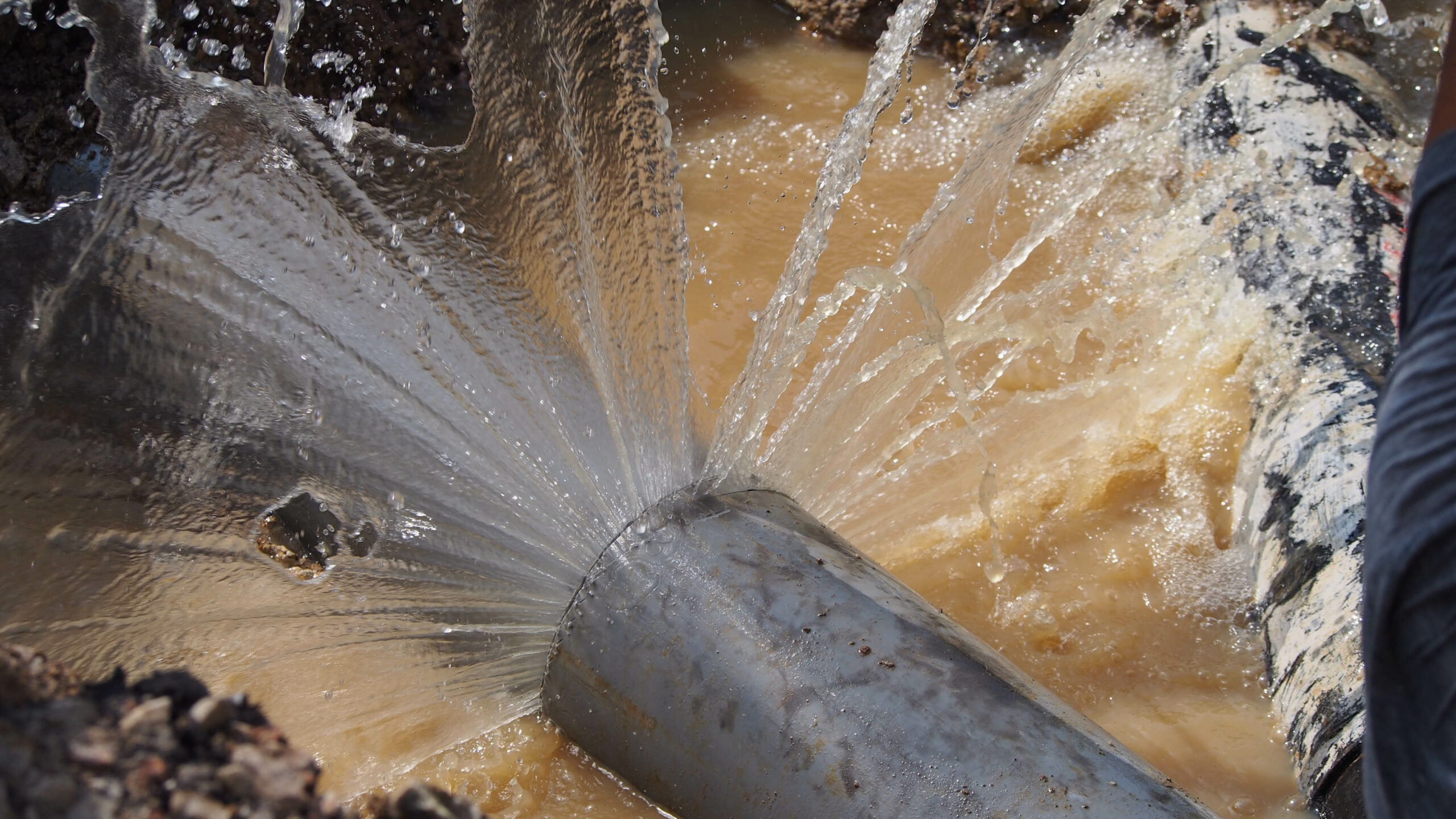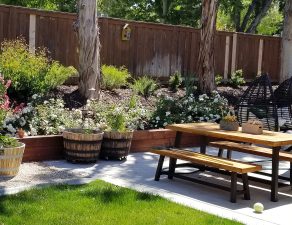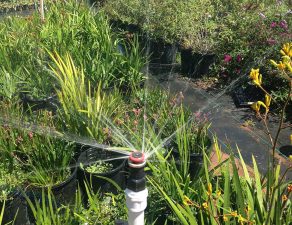
Have you noticed that your water bills seem higher than expected? Or do you just want to ensure that all of your home’s systems continue to function properly? Either way, it makes sense to routinely check your landscaping irrigation system for leaks. They can and do happen, and a leak can cost you in terms of a higher water bill and possibly an over-watered yard.
It always makes more sense to detect a problem early on and fix it because it costs you even more time and effort in the future. Follow these simple steps to check your irrigation system for leaks.
First, turn off all faucets and appliances that use water, including your irrigation system. . Write down the number on your water meter, and wait about an hour to recheck it. If the reading has changed despite the fact that you’re not running water anywhere, that indicates a leak.
Now for the tricky part: Where is the leak? Is it inside the house, or outdoors? If you’re lucky enough to have a dedicated irrigation meter, you can determine whether it’s your irrigation system using excess water. Otherwise, proceed to the next step.
You can usually rule out leaks in the house by checking all appliances that use water (particularly the hoses connect to them) and looking for drips and puddles underneath sinks and in crawl spaces. If water is leaking from a pipe inside the wall, you might notice a musty smell over time.
If a leak is not present within the house, you would be right to suspect the irrigation system.
First, check your system’s controller. It is possible that it is simply not programmed correctly, and is running more than you expected. Is your irrigation system turning on at precisely the right times, and only those times?
Next, inspect your sprinkler valves. Each valve box should be dry. If they’re flooded, check them for loose parts or water leaking between fittings.
Next, check each sprinkler station. It will help if you have a partner who can turn on the irrigation system as you check each sprinkler for signs of malfunction (geysers, spurting between sprinkler heads, puddling water between heads, spurting water at the base of sprinkler heads, or other patterns of water distribution that don’t seem correct to you). The need for simple repairs, such as replacing seals or spray heads, can be detected this way.
Finally, sometimes the leak originates underground. If that appears to be the case, it is usually best to call in the experts. Call us so that we can handle the diagnosis and digging, and you can avoid the risk of doing even more damage to your irrigation system.
We recommend you perform simple checks once per month, to keep your irrigation system functioning properly, your lawn and garden watered correctly, and your water bills under control.








